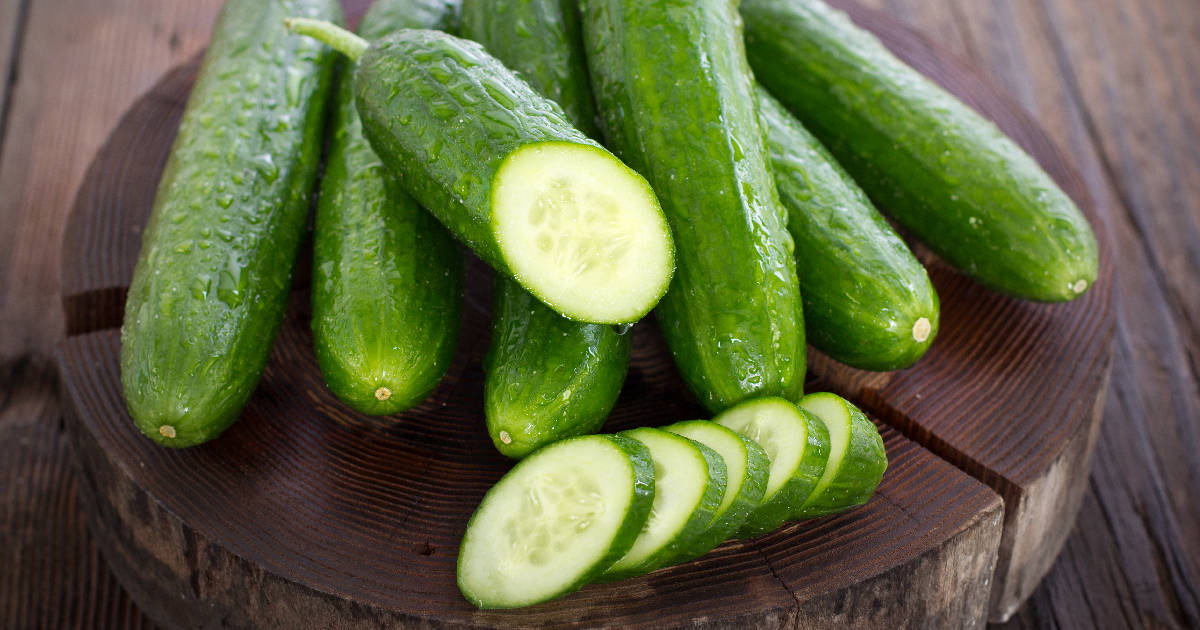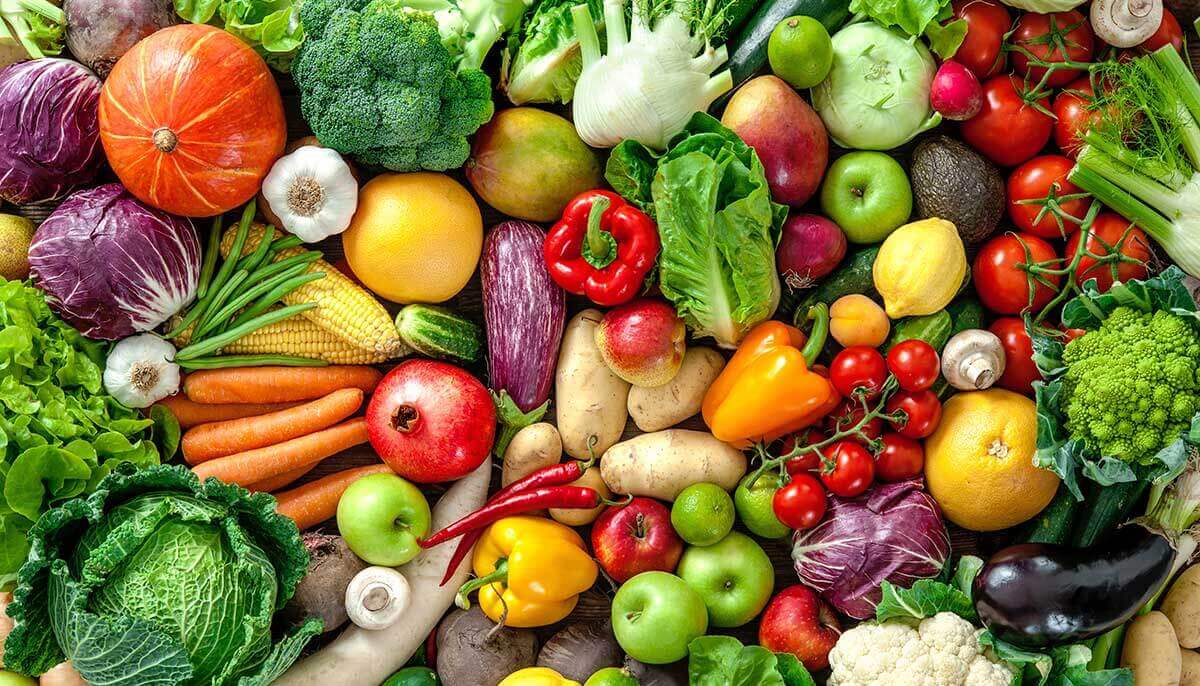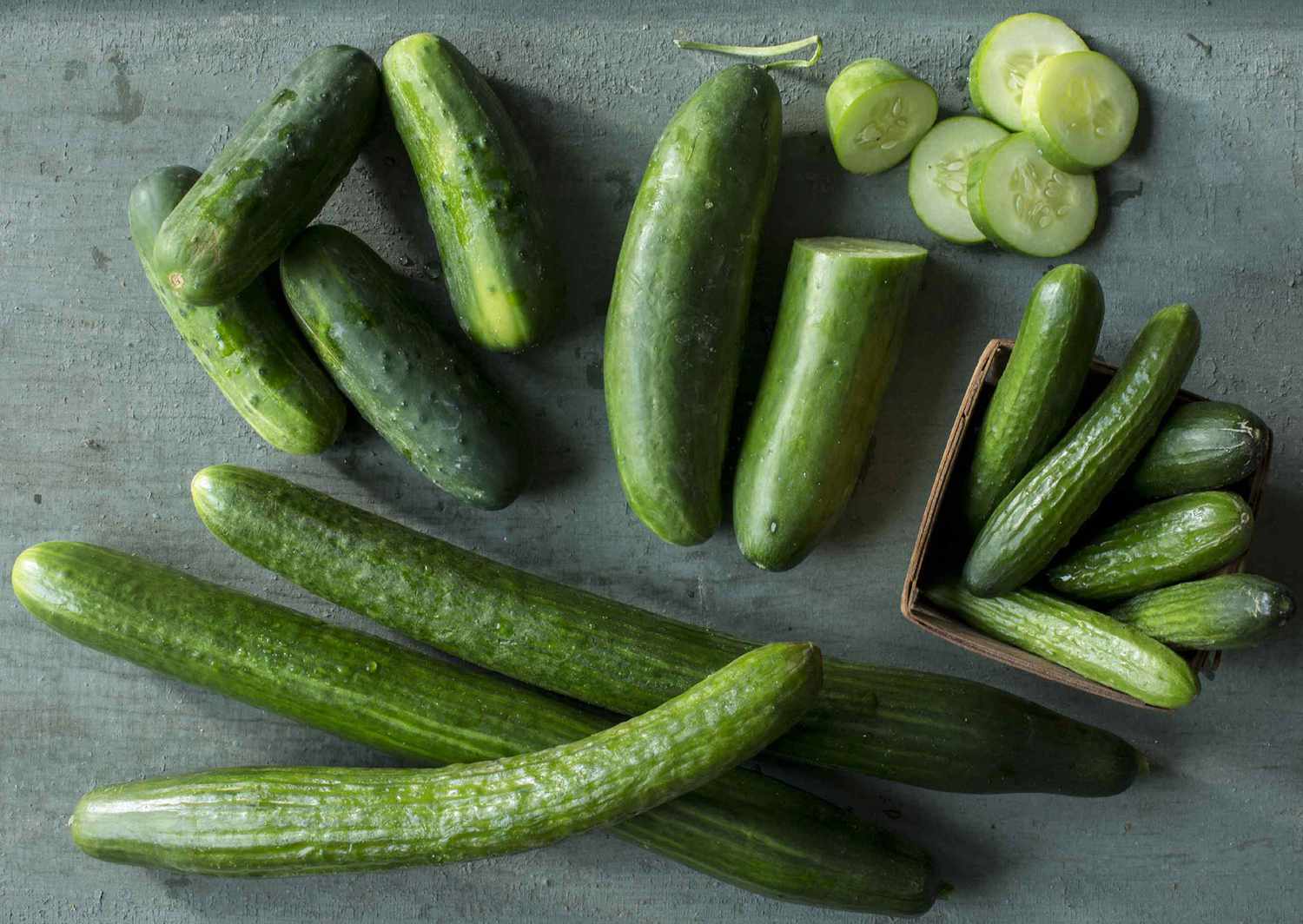How to Make Healthier Choices When Eating Meat
Meat is a great source of protein and essential nutrients, but it’s important to make healthy choices when including it in your diet. Here are some tips on how to eat healthier meat:
Choose Lean Cuts
When selecting meat, opt for lean cuts such as skinless poultry, lean beef, and pork. These cuts contain less fat and can help you maintain a healthy diet.
Avoid Processed Meats
Processed meats like sausages, hot dogs, and deli meats often contain high levels of sodium and preservatives. Limit your intake of these meats and opt for fresh, unprocessed options instead.
Grill or Bake Instead of Frying
When preparing meat, consider grilling or baking it instead of frying. This can help reduce the amount of added fats and oils in your meal, making it a healthier choice overall.
Trim Excess Fat
Before cooking, trim any visible fat from the meat. This simple step can significantly reduce the amount of saturated fat in your meal, making it a healthier option for you and your family.
Choose Organic and Grass-Fed Options
Opt for organic and grass-fed meat when possible. These options are often lower in saturated fat and higher in beneficial nutrients like omega-3 fatty acids, making them a healthier choice for your overall well-being.
Limit Portion Sizes
Be mindful of portion sizes when consuming meat. A serving of meat should be about the size of a deck of cards, and it’s important not to overindulge. Balancing your plate with plenty of vegetables and whole grains can help you maintain a healthy diet.
Pair Meat with Healthy Sides
When enjoying meat as part of a meal, pair it with healthy side dishes like steamed vegetables, quinoa, or a fresh salad. This can help balance your meal and provide a wider range of nutrients.
Use Herbs and Spices for Flavor
Instead of relying on heavy sauces and marinades, use herbs and spices to flavor your meat. This can add delicious taste without the extra calories and unhealthy additives often found in store-bought sauces.
Conclusion
By making mindful choices when it comes to meat, you can enjoy its nutritional benefits while maintaining a healthy diet. Remember to choose lean cuts, avoid processed meats, and incorporate a variety of cooking methods and flavors to keep your meals exciting and nutritious.
With these tips in mind, you can savor the goodness of meat while prioritizing your health and well-being.











